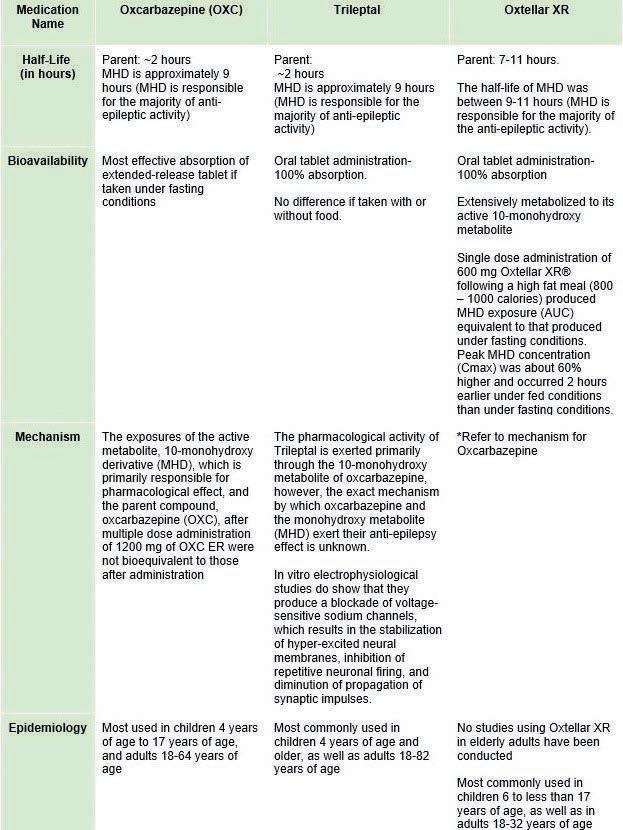Scholarly Research In Progress • Vol. 5, November 2021
An Examination of the Impact of COVID-19 on Black, Latino and Asian New York City Residents and the Factors Associated with the Social Determinants of Health Stephanie Ren1†‡, Naomi Francois1†‡, and Vicki T. Sapp1 ¹Geisinger Commonwealth School of Medicine, Scranton, PA 18509 † Doctor of Medicine Program ‡ Authors contributed equally Correspondence: sren@som.geisinger.edu
Abstract New York City (NYC) has become the epicenter of the current coronavirus pandemic known as COVID-19. As the pandemic has progressed, the health disparities experienced by populations of color have become more prevalent. Secondary data sets were taken from the Centers for Disease Control and Prevention (CDC), the U.S. Census Bureau and the New York City Department of Health. Information from these sources regarding H1N1 flu, demographic information in NYC and COVID-19 data were used to highlight the populations’ risk of being disproportionately affected by diseases not unique to the current pandemic. The preliminary results currently show that although Black and Hispanic communities make up 22% and 29% of the NYC population, they make up 28% and 34% of the total COVID-19 cases, respectively. Asians make up 14% and 7% of the total coronavirus cases seen in NYC. Prior pandemics and epidemics such as the swine flu pandemic of 2009 and the global HIV/AIDS epidemic have shown that when there is a health crisis because of factors such as health insurance, language, education and poverty, minority populations are continuously disproportionately affected. These disparities prevent patients from accessing healthcare and on a larger scale are negatively impacted by health crises.
Introduction In December 2019, an atypical respiratory disease of unknown cause occurred in Wuhan, China and rapidly spread to other countries. This respiratory disease was soon discovered to be caused by a novel coronavirus named SARS-CoV-2 and the disease caused by the virus was called COVID-19 (1). As of April 13, 2020, the U.S. represented roughly 30.0% and 20.0% of the world’s COVID-19 morbidity and mortality (2). An emerging trend that is seen amongst COVID-19 cases and deaths is that they are persons of color. Racial disparities seen in the U.S. are consistent with other developed countries such as the United Kingdom (UK) with its Black Caribbean population (2). Minorities in both the UK and the U.S. comprise a large proportion of essential workers in comparison to their White counterparts and are therefore more likely to be vulnerable to the economic impact of this pandemic (2). In major cities such as Chicago, African Americans comprising 30.1% of the total population but have 45.6% of the COVID-19 cases and 56.0% of deaths (3). NYC has emerged as an epicenter of this pandemic and the Black and Latino population have been disproportionately affected. Although Black and Hispanic communities make up 22.0% and 29.0% of the NYC population, they make up 28.0% and 34.0% of the total COVID-19 cases,
116
respectively. Asians make up 14.0% of the population and 7.0% of the total cases seen in NYC (5). There are factors that leave certain racial groups vulnerable and contribute to these disparities. Health disparities are persistent differences in disease rates and health outcomes seen amongst people of different races, ethnicities, and socioeconomic statuses (6). These health disparities are also contributed to by social determinants of health. These social determinants of health are conditions in the environment that people are born, live, learn, work, play, worship, and age (7). These conditions affect a wide range of health, function, quality-of-life outcomes, and risks. Within the scope of social determinants of health, this study focuses on education, employment, language, literacy, and access to health care. The purpose of this study was to examine and to provide empirical evidence of how the social determinants of health and COVID-19 have impacted the health of Blacks, Latinos, and Asians living in NYC as well as making recommendations for public health intervention strategies.
Methods In this study, secondary data sets were taken from three different sources. These websites include the Center for Disease Control and Prevention (CDC), the U.S. Census Bureau and the NYC Department of Health. The Center for Disease Control and Prevention was used to obtain H1N1 flu related hospitalization broken down by race and ethnicity from April 15 to August 31, 2009, and from September 1, 2009, to January 26, 2010 (8). The U.S. Census Bureau provided yearly information about NYC and its five boroughs: Bronx, Brooklyn, Manhattan, Queens and Staten Island (9). Specifically, population estimates by race and ethnicity as of July 2019 were taken from this website. Other data values taken from topics such as income and poverty, education, health, families and living arrangements reflect information from 2015 to 2019. Next, the NYC Department of Health was used to look at NYC HIV/AIDS Annual Surveillance Statistics of 2018 across the five boroughs (10). The surveillance provided reported HIV diagnoses, AIDS diagnoses, the percent of individuals living with HIV and the percent of deaths related to HIV/AIDS in NYC as of December 31, 2018. This information was categorized by race and ethnicity. Finally, the NYC Department of Health website was used for COVID-19 data. Values such as case count and death rates broken down by boroughs, race and ethnicity were all provided through this website.












































